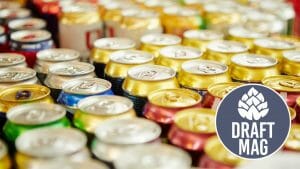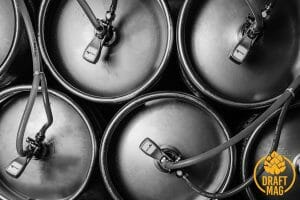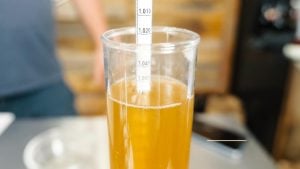How To Read Beer Expiration Dates
Join us as we explore the skill of decoding beer expiration dates to determine the freshness of your brew. This guide is for beer enthusiasts looking to enjoy their beverages at their best. We’ll help you learn how to read beer expiration dates to have a more enjoyable drinking experience.
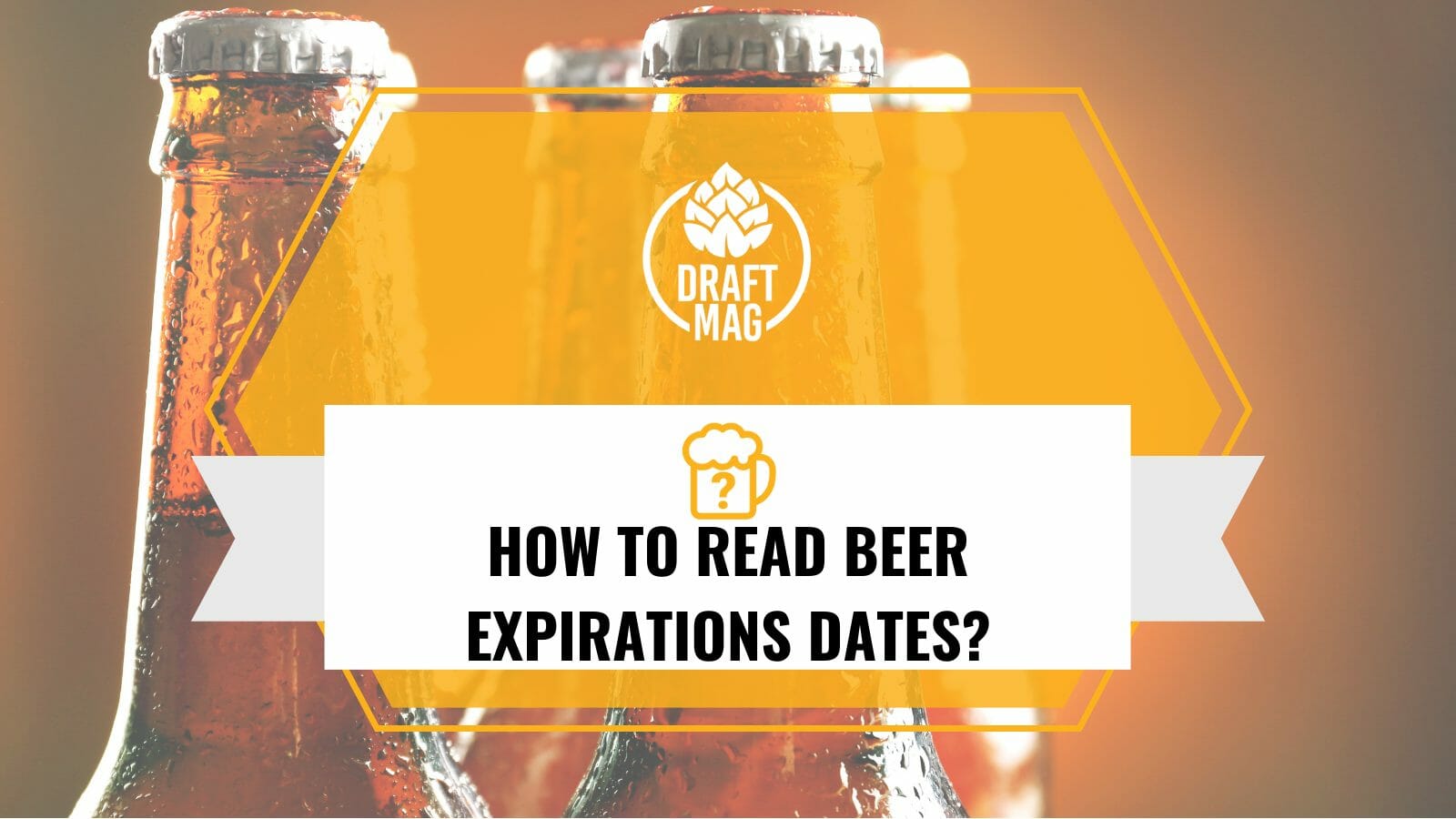
So by learning to interpret the various expiration codes for your beer, you’ll have a better view of how long your fresh beer will remain tasty.
Get comfortable and continue reading as we examine how to read the expiration dates for beers.
How to decode beer freshness dates
To read the expiration date on a beer, you must first check for a string of numbers or dates with phrases like “best by” or “use by.” After that, you must determine the format of the date inscribed on the beer bottle or can before you can decipher it.
Locating and reading beer expiration dates can be tricky depending on where the dates get inscribed and the beer brand itself.
The expiration codes for beers vary from brand to brand. In other words, there’s no single date system used in the brewing industry, therefore beer manufacturers can use a string of letters and numbers. Because of this, it would be best to come to terms with your beer brand’s expiration date format to avoid unwanted errors.
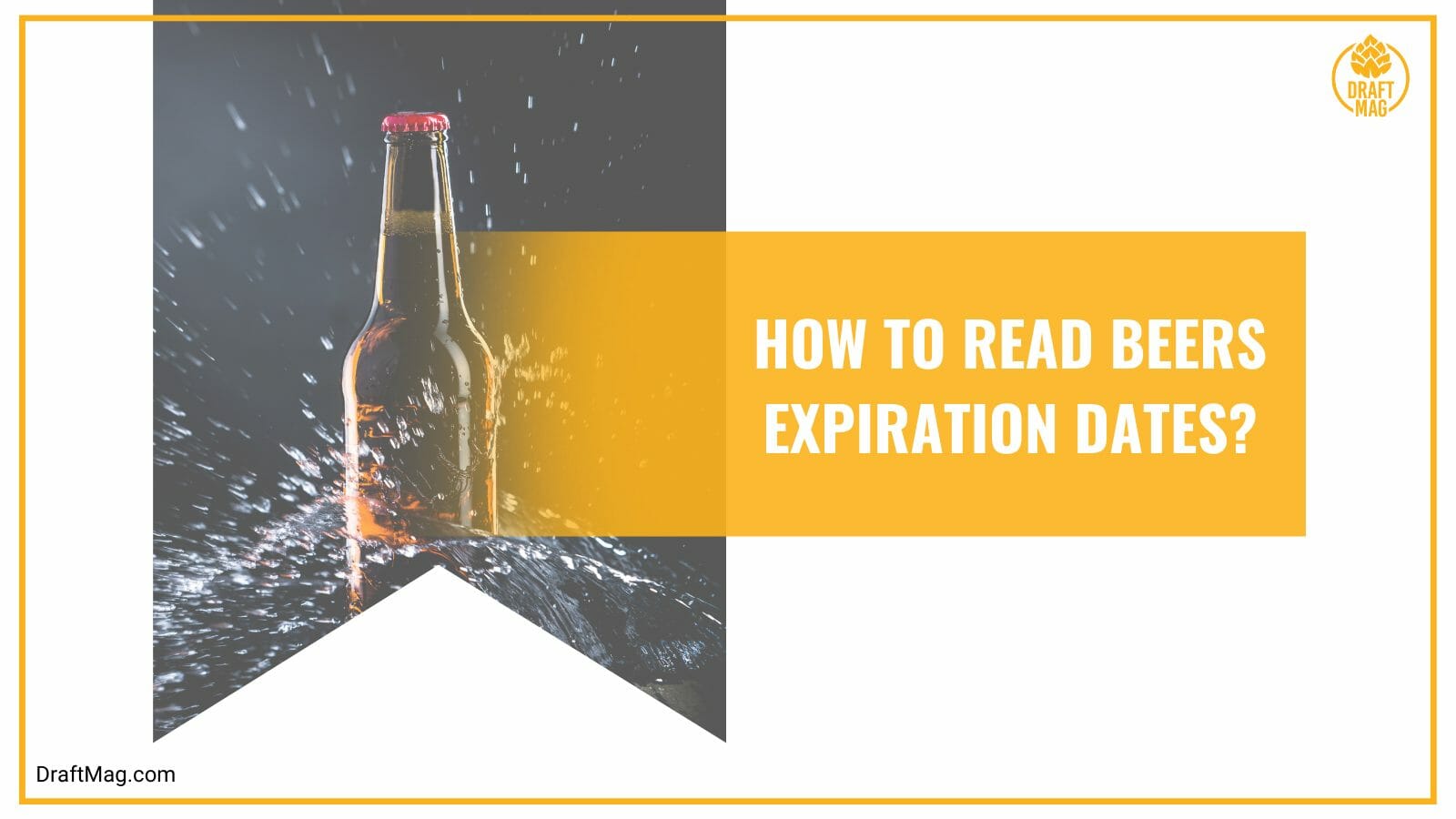
Let’s take a closer look at the various expiration codes you can come across on most beer products.
Closed Coded Labels
On most beer products, you may locate a code that is comprised of either letters and numbers merged or just numbers that indicate the expiration date. If the code doesn’t include words like use by or best by, then the code designates the date the beer was brewed instead of the expiration date. More so, there are several ways the closed-coded label may take as well.
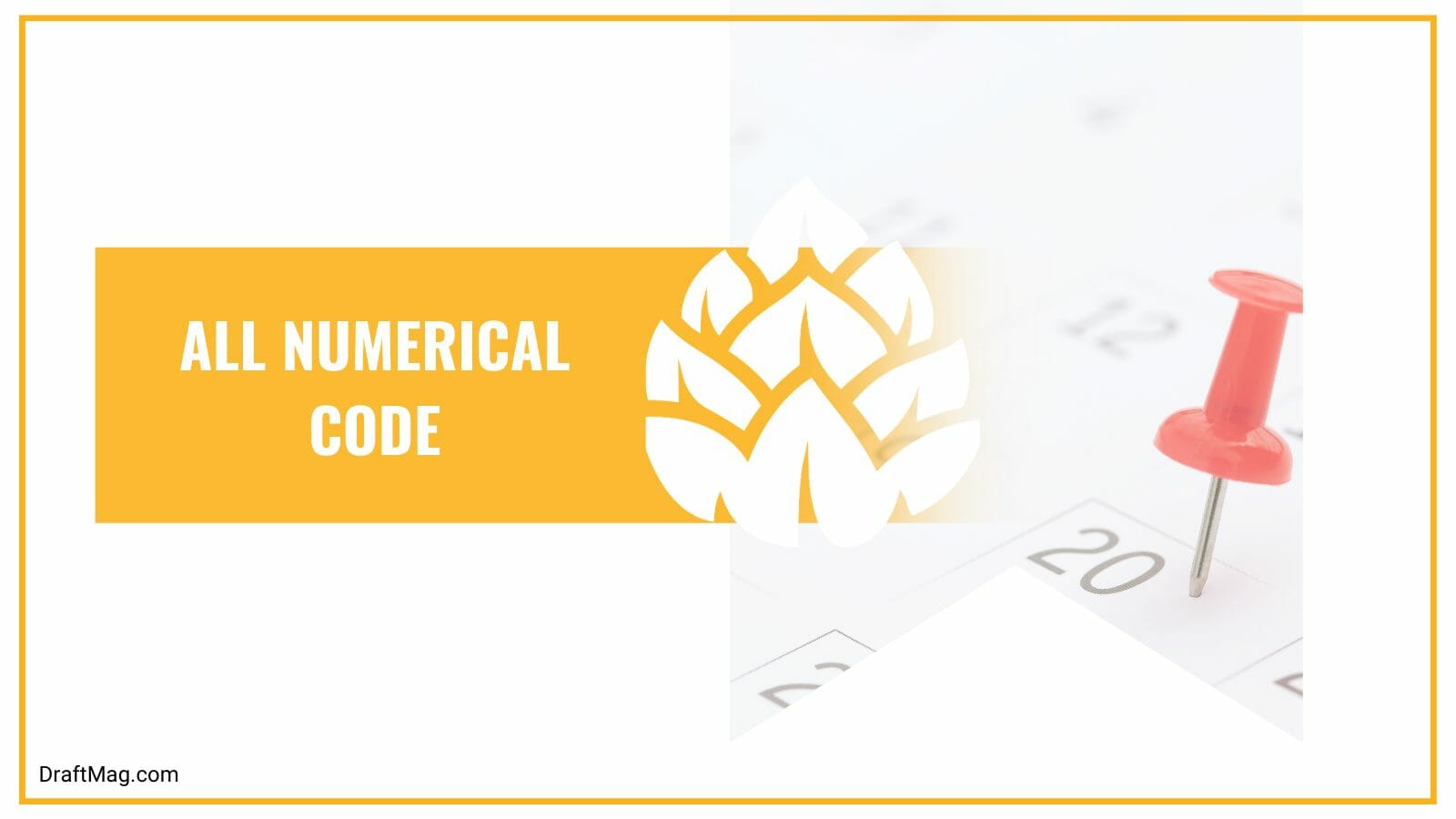
All-Numerical Code
This is also called the six-digit code. To a large extent, this date format is one of the most common codes used for beer products, and the six digits appear as MMDDYY. As such, you must read the code as the month, day, and last two digits of the year in a successive manner.
For instance, “101320” represents an expiry date of October 13, 2020. Quite straightforward, right? Nevertheless, certain beer brands utilize a year-month-day order, where an expiry date of October 13, 2020, would be inscribed as “201013.” The perfect practical example is the popular Heineken beer expiry date. Also, the Hoegaarden beer expiry date is no exception.
Letter Plus Numbers
Here, the letters indicate the month, so A signifies January, B (February), and C (March), running down to L, representing December. This can be confusing as some think the letters denote an abbreviation for each month, but they don’t. Furthermore, read the numbers following the letter as the month’s date and year.
For example, the code “E1518” is May 15, 2018. Other brands use 1 to 9 to designate January to September, then signify October, November, and December with the preceding letter of their name. A typical example is the Zywiec beer date code.

Julian Calendar Code
In relatively rare cases, you might find that a beer brand uses the Julian Calendar, which comes as a 3-digit code. Each day of the year (365 days) gets allocated a numerical value, whereby “001” means January 1 and “365” indicates December 31.
For instance, if a beer can shows a 3-digit code of 213 as the expiry date, then this means that it would expire on August 1. You might need a beer expiration date calculator to avoid incorrect counting and errors.
Where is the Expiration Date on Cans of Beer
The expiration date or details on cans of beer can often be found as a date on the bottom of beer cans. For bottled beer, the expiration date is printed on the neck or shoulder. Check the case or carrier package if you cannot locate the expiry date on the container.
In addition, some breweries settle on printing their expiry date codes on small case packs like the four-pack or six-pack.
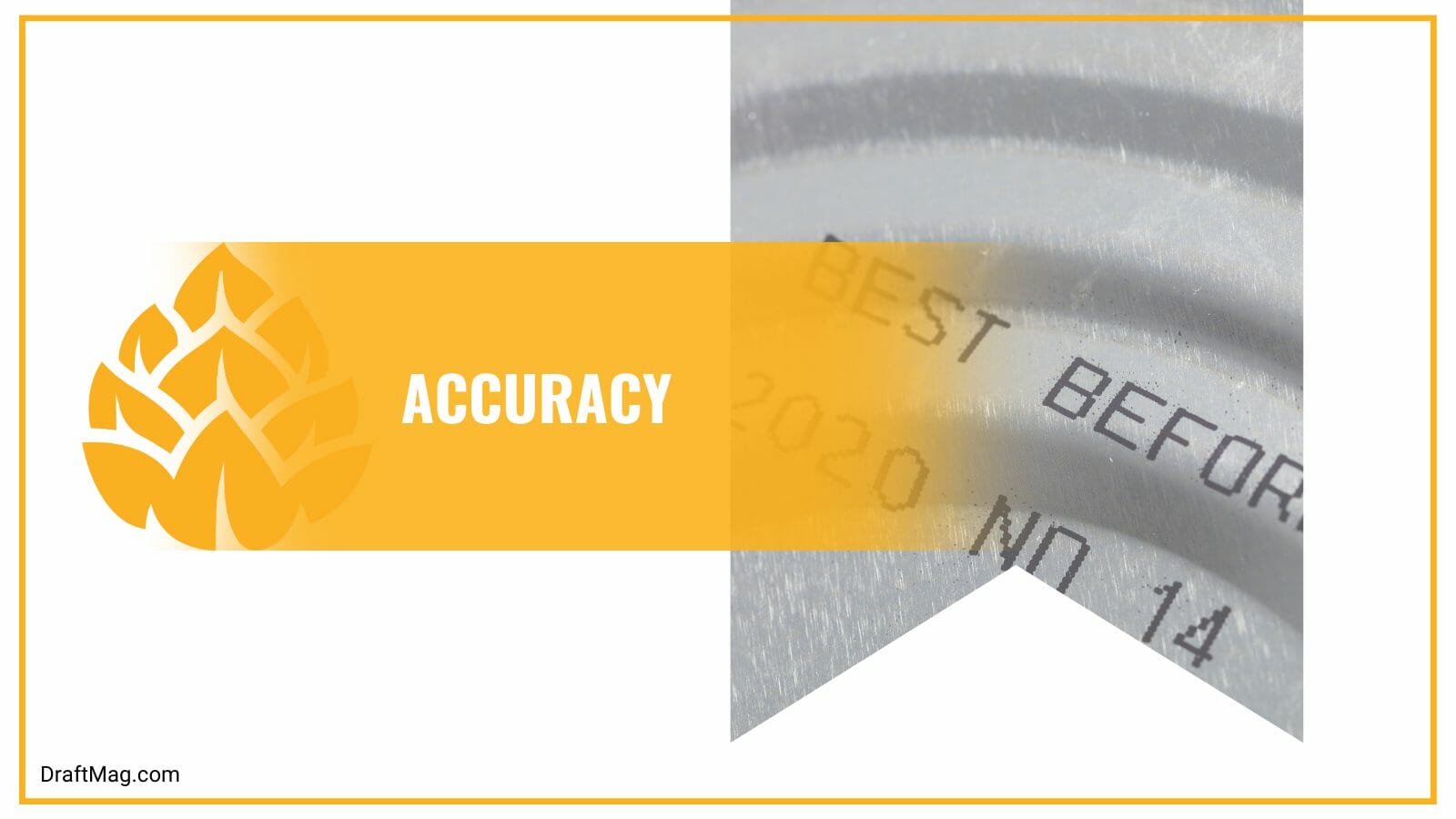
Accuracy
Beer indeed expires, but there has been a misconception about beer products’ expiration. Being skeptical about feeling sick or queasy after taking an expired beer is normal. Even so, saying or concluding that once a beer expires it becomes unsafe to consume is misleading. Like other beverages and food items, beer is a natural product brewed from organic plant ingredients that degrade over time.
Most brewers strive to ensure that beers last for as long as possible. This includes brewing a suitable alcohol content and pH coupled with the antimicrobial activity of hops, which has some substantial advantages. Moreover, adequately brewed and packaged beer is comprised of mainly the ingredients and a small amount of air. This is because packaging beer without a slight amount of oxygen is almost impossible.
The speed of oxidation is often affected by temperature. As a result, the oxidation processes over time contribute to flavor changes. So the next time you find some recently expired beer in your garage and wonder whether or not to take a plunge, the first thing you need to understand is that it might give a bland taste, but that doesn’t make it unsafe to drink.
How Long Does Beer Expire After Opening?
An opened bottle or can is generally safe for drinking within a day before the oxidation or expiration process extinguishes the good flavors. If you place the opened beer in a refrigerator, it may last for an additional day, but this applies to only bottled beers.

Factors Determining Expiration
The rate of expiration of beer centers on how you store the beer. Not maintaining the temperature at which you store your beer makes it more prone to expiration. In other words, transporting a beer from a cold spot to a warm place or vice versa would impact how long it will stay fresh. So you might have to consider getting a new beer fridge where you can easily store the beer as soon as you get them.
It’s not just the storage space, though. Damaged canned beers risk the integrity of their content. And this is because the impact can damage the seal, which helps prevent bacterial contamination or air from entering the can.
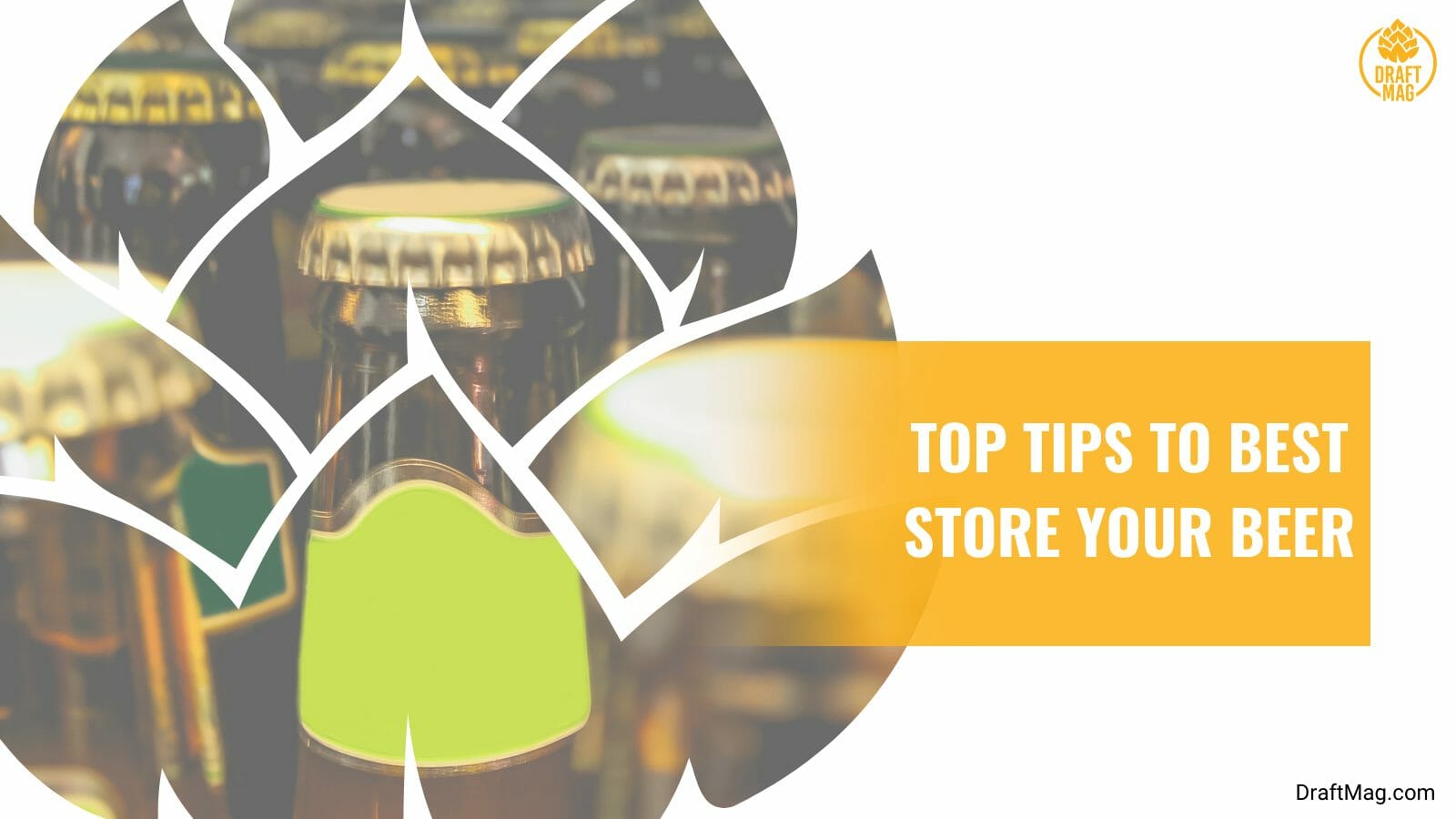
Expert Tips To Best Store Your Beer
There’s a need to point out that the hot trunk of your car or a sunlit kitchen counter remains some of the worst spots for your beer. Conversely, storing your beer in a dark, cool place would be best to preserve its good flavors. So refrigerators remain the most suitable place to keep your beer because refrigerators provide both dark and cold environments.
Bottled beer lasts up to 6 months when stored in cold and dark areas, but bottled beer may spoil as quickly as 3 to 4 months when stored in a warm place. Keeping beer bottles away from light helps prevents the buildup of skunky off-flavors since beer is susceptible to light.
Furthermore, your beer’s position during storage goes a long way in preserving the beer’s crispness and tasting notes. Therefore, rather than storing your beers on the side, you should always keep them upright.
The upright position helps minimize the severity of the oxidation process that may occur and ensures that the cap will not contaminate the beer. If you have room in your fridge, trust us, that’s the best spot for your favorite beer. If there’s no room in your fridge, the next best location for beer is a cool closet or basement.
Frequently Asked Questions
Is It Safe To Drink Beer 2 Years After Expiration?
Yes, you can still drink certain beers two years after expiration, provided that the beer is refrigerated. Keep in mind, however, that it may not taste as good as a fresh can and that many beer products last beyond the inscribed expiration date on their bottle or can.
Besides, when stored at room temperature, you can expect the beer to remain drinkable for six to nine months after the use-by date. Refrigeration increases this period up to two years. Yes, its flavor will degrade over time due to exposure to light and oxygen, but even when its flavor deteriorates, it is still perfectly safe to drink.
What Types of Beers Are Ideal for Aging?
The ideal beer styles for aging include imperial stouts, Belgian-style quads, barley wines, and other highly alcoholic beers with dark malts. However, beers with hop-forward profiles such as IPAs, lagers, and session beers are unsuitable for aging. Instead, it would be best to always consume them fresh.
More about Beer
Check out these detailed beer reviews.
- You must check for a string of numbers or dates linked with phrases like “best by” or “use by” to read the beer expiration date. Afterward, you must determine the format of the date inscribed on the beer bottle or can before you can read it.
- The beer expiration code can either be a closed-coded label or a Julian calendar code. The closed-coded labeling may be all numerical coded or letters plus alphabets.
- The most common expiration code is the “MMDDYY” format. Many beer products last beyond the inscribed expiration date on the bottle or can.
- Refrigerators are the best place to store your beer to prevent it from spoiling.
- Refrigeration increases the shelf life of most beer to up to 2 years after the use-by date.
Beer expiry dates are essential details that ensure safe drinking, so always remember to check the expiry date for beers when you purchase them to avoid unwanted problems.









